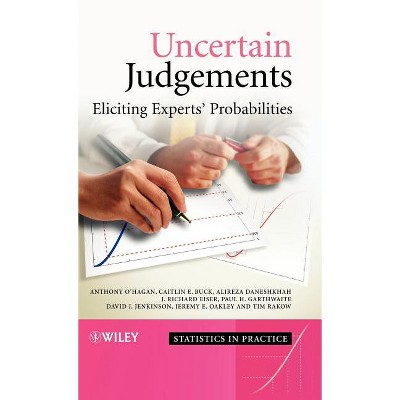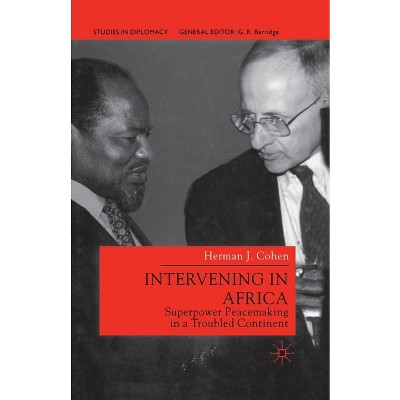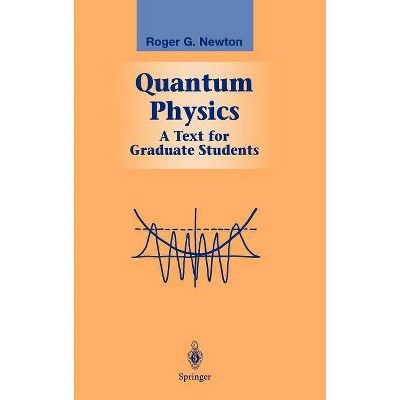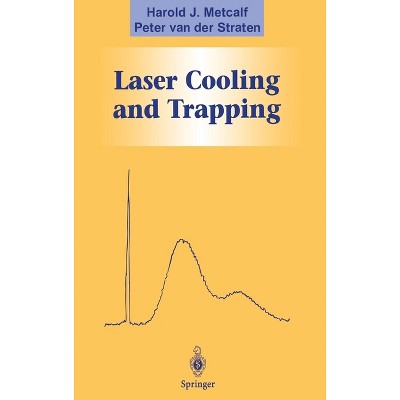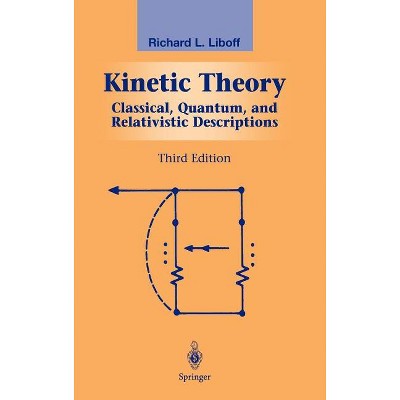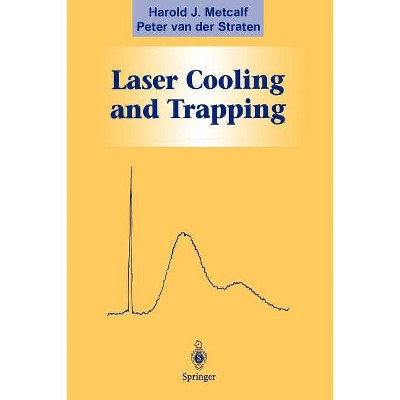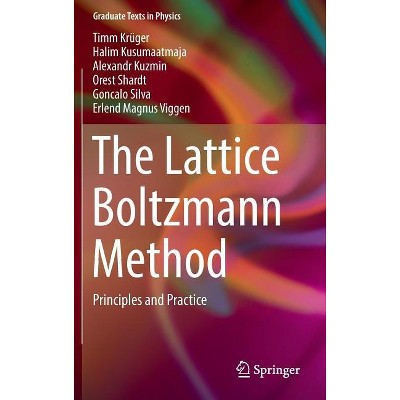Sponsored

Unification and Supersymmetry - (Graduate Texts in Contemporary Physics) 3rd Edition by Rabindra N Mohapatra (Hardcover)
In Stock
Sponsored
About this item
Highlights
- Derived from a course given at the University of Maryland for advanced graduate students, this book deals with some of the latest developments in our attempts to construct a unified theory of the fundamental interactions of nature.
- Author(s): Rabindra N Mohapatra
- 421 Pages
- Science, Physics
- Series Name: Graduate Texts in Contemporary Physics
Description
Book Synopsis
Derived from a course given at the University of Maryland for advanced graduate students, this book deals with some of the latest developments in our attempts to construct a unified theory of the fundamental interactions of nature. Among the topics covered are spontaneous symmetry breaking, grand unified theories, supersymmetry, and supergravity. the book starts with a quick review of elementary particle theory and continues with a discussion of composite quarks, leptons, Higgs bosons, and CP violation; it concludes with consideration of supersymmetric unification schemes, in which bosons and leptons are considered in some sense equivalent. The third edition will be completely revised and brought up to date, particularly by including discussions of the many experimental developments in recent years.Review Quotes
From the reviews of the third edition:
"....The book covers a very wide range of phenomena within the large subject of grand unification and supersymmetry in elementary particle physics. Almost every possible development in the field is included here."-Mathreviews.com
"An extremely useful resource for graduate students and researchers, this textbook, which was derived from a course given at the University of Maryland for advanced graduate students deals with some of the latest developments in our attempts to construct a unified theory of nature's fundamental interactions. ... I can safely recommend this textbook, which gives a fairly complete and self-contained theoretical treatment of the subject." (Georges Kohnen, Physicalia, Vol. 57 (2), 2005)
